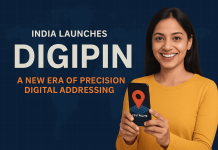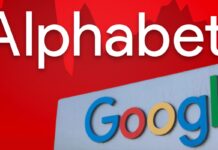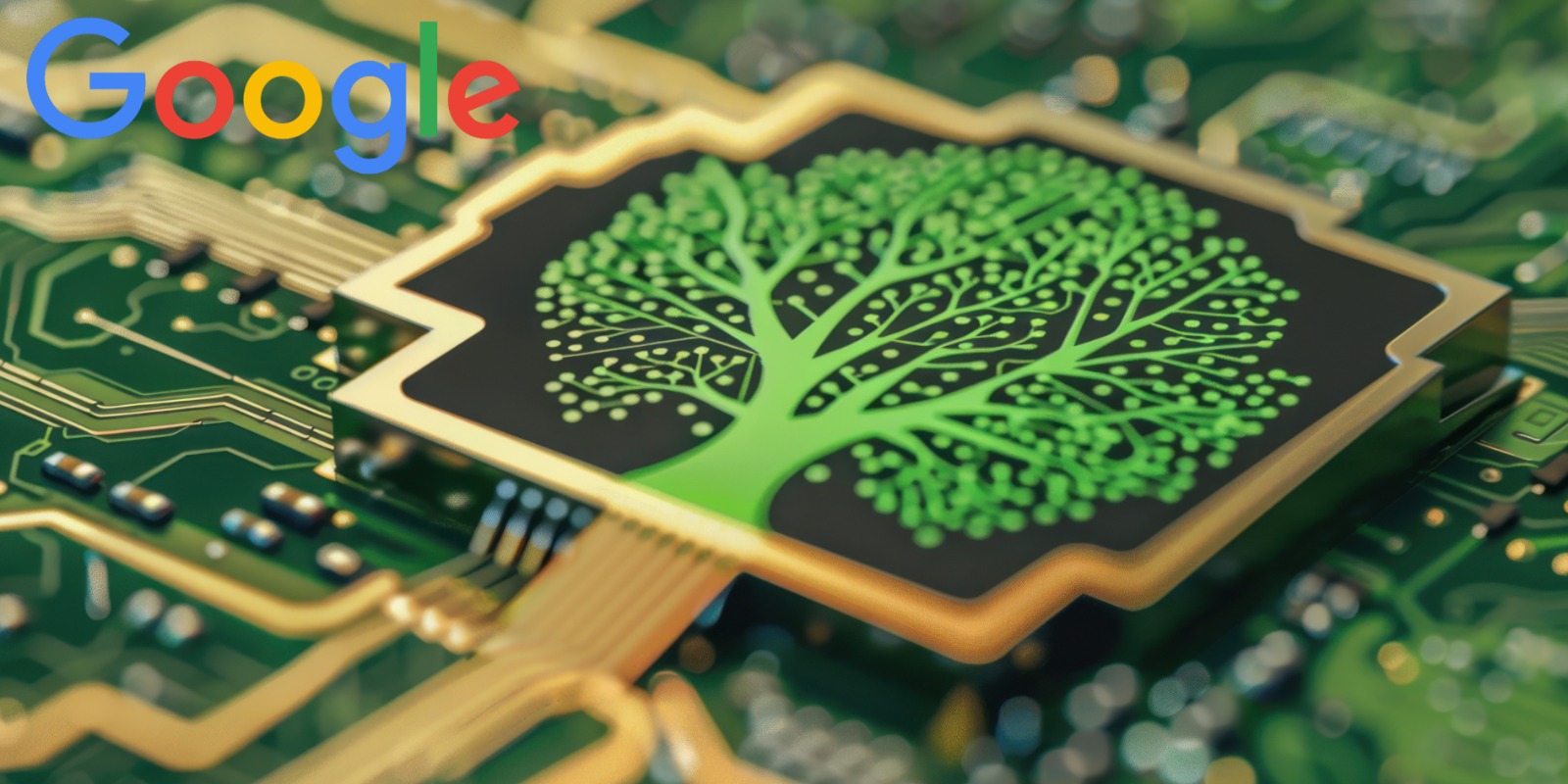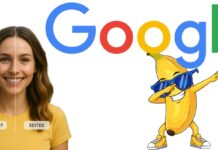Table of Contents
Imagine a super-powerful computer that doesn’t use the usual “0s and 1s” like the one you might have at home, but uses something called qubits. These qubits can do things that normal computers find very hard or maybe impossible. Recently, Google announced that its quantum computer has made a huge leap forward. They ran a special algorithm on their quantum chip, called Willow, that worked many thousands of times faster than the best supercomputers we have now. This is a big deal — it doesn’t mean quantum computers are everywhere yet, but the breakthrough is exciting.
In this blog, we’ll talk about:
- What is the new feat?
- The new features and tech behind it
- Why it matters for the future
- Some challenges are still ahead
1. What Did Google Achieve?
Google’s quantum computer, running on the Willow chip, used an algorithm called Quantum Echoes. With this, they achieved what’s called a “verifiable quantum advantage” — meaning the quantum computer did something that a regular supercomputer really couldn’t match in a reasonable time.
Specifically:
- They ran the Quantum Echoes algorithm on a 65-qubit (or larger) quantum processor.
- The result? Up to 13,000 × faster for that task than a classical supercomputer.
- The Willow chip is designed to reduce errors and make the quantum operations more reliable.
2. What’s New / What Are the Features?
Here are some of the new features and technical improvements behind this breakthrough:
• Willow Chip
The Willow chip is Google’s latest quantum processor. It has many physical improvements: better qubit quality, improved connections between qubits, and lower error rates.
• Quantum Echoes Algorithm
This algorithm measures how disturbances spread across quantum bits over time, like an echo in water when you drop a stone. It’s specially designed to show quantum machines doing things classical computers struggle with.
• Verifiable Quantum Advantage
Often, quantum claims are hard to verify. This time, Google says the result is repeatable and verifiable on similar quantum hardware, making the result more credible.
• Big Speedup
The 13,000× speedup is a headline number, showing that for certain tasks, this quantum computer ran way faster than classical supercomputers.
3. Why Does It Matter?
You might ask: “Okay, but why should we care?” Here are some reasons:
- Solving hard problems: Many scientific problems — like designing new medicines, studying materials, or understanding molecules — are extremely hard for current computers. Quantum computers might help. Google mentions using these techniques for materials science, chemistry, etc.
- New kinds of computing: This is not just ‘faster phone’ or ‘better laptop’ — this could change how entire industries compute.
- Technology leadership: When companies make breakthroughs like this, it accelerates global research and innovation.
- Setting the roadmap: Google’s result shows progress on one of the big barriers in quantum computing — error correction and reliability. The fact that they see results that others can verify is important.
4. What’s Still Ahead / What to Watch Out For
Despite the big leap, quantum computing still has many hurdles before it becomes part of everyday life:
- Special tasks only: The algorithm used is very specific. It doesn’t mean the quantum computer can yet replace classical machines for general-purpose use.
- Error rates & scale: Even though Willow improved things, the more qubits you have, the harder it is to keep them stable and error-free.
- Practical applications: It will take time before quantum machines do things in the real world (business, consumer apps) that classical machines can’t.
- Cost & access: Quantum hardware is expensive and complicated (very cold temperatures, special environment).
- Security concerns: With powerful quantum machines, there are worries about breaking encryption — but experts say we’re still years away from that.
Conclusion
Google’s announcement is a major milestone in quantum computing. With the Willow chip, the Quantum Echoes algorithm, and a verified result showing thousands-fold speedups, we’re seeing one of the strongest signs yet that quantum computers are moving beyond lab experiments.
But, while this is a big step, it isn’t the finish line. We’re still at an early stage with many technical and practical hurdles ahead. If you’re interested in technology, science, or computers, keep an eye on this — it’s the kind of breakthrough that might shape how we live and work in the future.
In short: Google didn’t just claim a big leap; they shaped one. The quantum age is inching closer — and it’s increasingly real.




































![[SOLVED] – Cpanel Stucked as GRUB after reboot](https://www.zolute.net/wp-content/uploads/2019/01/cpanel-deprecated-mysql-error-100x70.jpg)